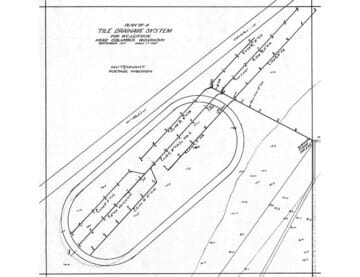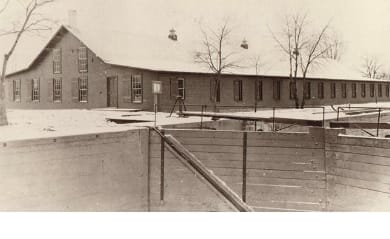Today
General Engineering Company is staffed by professionals- engineers, building inspectors, land surveyors, funding specialists, technicians and support staff- with years of experience. Our best advertising has been satisfied clients. As a result, we have experienced solid growth through expanding our role with existing clients and referrals, in addition to providing excellent personal and professional service to new clients.
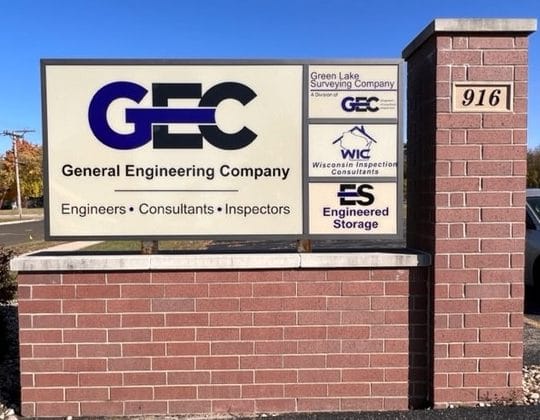
1990s
While maintaining its strong municipal client base in the 1990s, GEC expanded to serve a developing private sector of work that included subdivision developments, condominiums, and site planning for a variety of commercial businesses. During this era, Ronald J.Steiner became president of the firm and led the majority of private development work and set the company direction throughout this decade.
After becoming a principal of the firm in 1988. Jerry A. Foellmi continued to lead the firm in municipal engineering and consulting as a principal through the 1990s/ With a substantial structural engineering and construction background, Kent E. Fish became a principal partner in 1995.
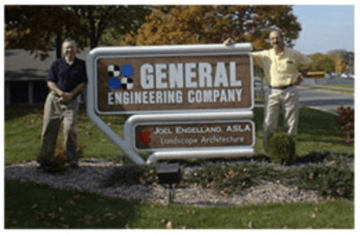
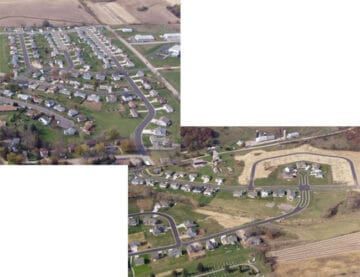
In 1998, GEC formed its Building Inspection division to assist municipalities in providing quality building inspection services on a contract basis. What began as a handful of clients in our immediate service area, has expanded to over 140 towns, villages, and cities in 14 central Wisconsin counties and continues to grow.
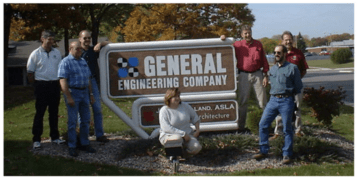
1980s
During the 1980’s. General Engineering Company saw an expansion of its municipal, as well as private client base. The Infiltration-Inflow Reports, Sewer System Evaluation Studies and Facilities Plans prepared in the 1970s resulted in the construction of water and wastewater projects in the 80s. The West Iron County Sewer Authority wastewater treatment facility in the UP of Michigan was the largest of these projects, serving five communities in the Iron River area.
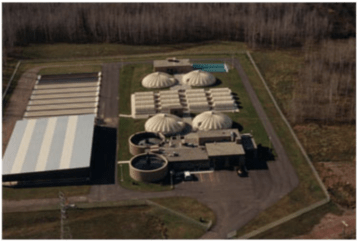
The 1980s also saw an expansion of our Building Design program with projects like the Fall River Municipal Building and Cochran Court Redevelopment project.
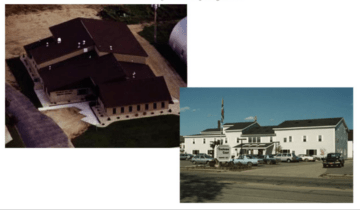
1970s
This decade provided General Engineering Company with extensive experience in civil engineering projects including sewer and water planning, wastewater treatment facility design, subdivision development, and municipal building design. GEC also continued to foster its relationship with Michigan clients while increasing its client base in the State of Wisconsin.
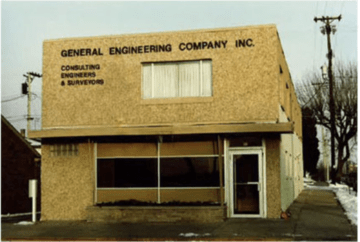
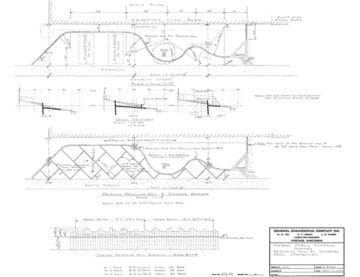
The end of the 70s also began the end of tradition “drafting”. The slide rule was already replaced by TI and HP calculators. Drafting pencils, compasses, and leroy pens were soon replaced with CPU’s, monitors, and mouses.
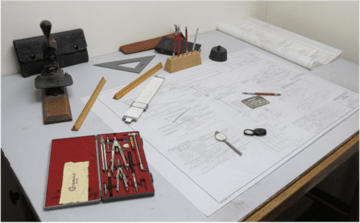
1960s
In the 1960’s, Vern Hamel and Harold Vik, along with Elmer Ernst and John Hamel, saw GEC through its 50 years of service. The partnership continued until they incorporated in 1970.
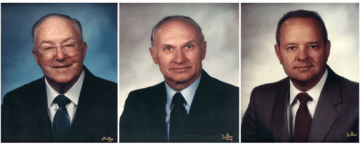
During this decade, the demand for sewerage systems and stabilization lagoon treatment facilities increased. General Engineering Company designed and oversaw construction for communities as close as McFarland and Cross Plains, and as far away as Webster, Minong, Crivitz, and Wausakee.
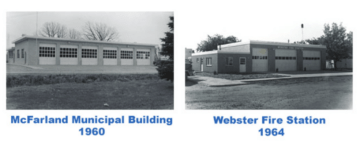
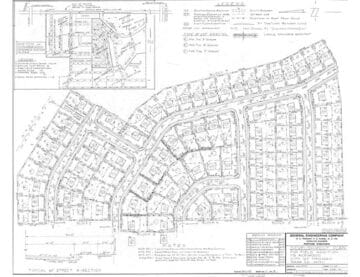
1950s
During the 1950’s the firm continued to gain municipal clients, develop engineering relationships, and complete engineering projects in literally hundreds of cities, villages, and sanitary districts. Most of this work included water and sewer systems, surveying, platting, and street projects.
Key Projects:
City of Madison- Various Projects
Village of Fall River- Various Projects
Village of Poynette- Various Projects
Water & Sewer Projects in Monona, Cambridge, Cross Plains, and many others.
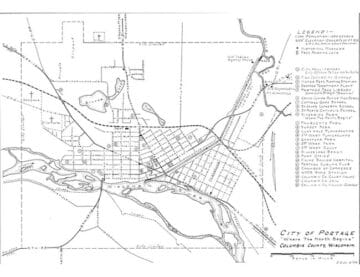
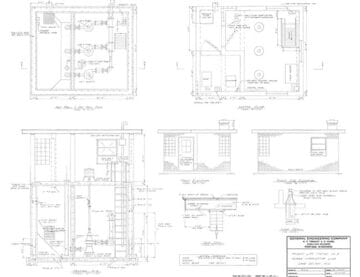
1940s
The era of the 1940’s is when GEC saw an expansion in government services work for communities mainly in the State of Wisconsin. GEC assisted many cities and villages in the central Wisconsin area to provide street, water and sanitary sewer projects, along with other similar municipal services. These services were delivered to a wide geographic area as many communities did not have access to local professional engineering services in those days.
In 1940, General Engineering Company designed the first, single pedestal water spheroid tank in the State of Wisconsin for the Village of Coloma, which is still in use today. Other area communities followed with similar structures throughout the decade, including the Villages of Granton, and Cottage Grove.
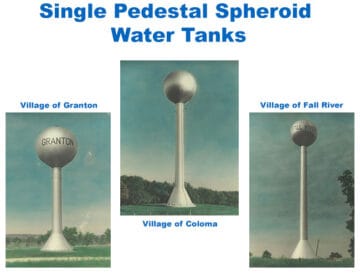
The war effort had varying impacts on the communities that GEC served. Community projects were often delayed because members of our engineering staff were called away to work at the Badger Army Ammunitions factory near Sauk City.
The end of the war brought a new building term to the public sector: Quonset Hut. GEC provided the engineering services to convert these buildings to commercial/industrial business buildings, dance halls, and municipal storage sheds.
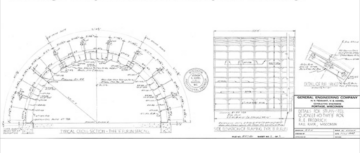
1930s
With the onset of the Great Depression, economics
dominated politics and society in the 1930’s. Financial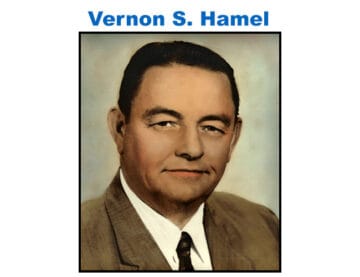 ramifications of this period are evident in our project work. GEC and its services played a key role in the economy by continuing to practice and provide its services to an up and coming service sector: municipal engineering and design.
ramifications of this period are evident in our project work. GEC and its services played a key role in the economy by continuing to practice and provide its services to an up and coming service sector: municipal engineering and design.
Vernon S. Hamel became a partner of the firm in the 1930’s. Both he and H.V. Tennant operated General Engineering Company as a partnership until 1957. Many long-term relationships were developed in the early years at GEC. A notable one was Harold and Evelyn Vik, who met when Evelyn started at GEC in 1938, the year of the big flood. Although Harold has passed away, Evelyn, 92, still has fond memories of her time here.
Key Projects:
Tomah Treatment Plan- 1933
Stone Arch Bridge at Paquette Park, Portage- 1934
Coloma Waterworks- 1938
Municipal Engineering for Chippewa Falls, Poynette, Mauston, Montello, & many others.
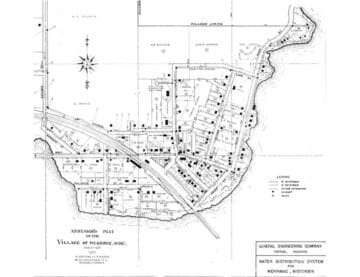
1920s
In the 1920’s. Mr. Tennant and GEC saw an increase in the role of engineers in public sector projects around the area. At this time, the practice expanded to work on projects farther outside of Portage, such as Randolph, Columbus, Cambria, Wisconsin Dells and Necedah, to name only a few. Also, the role of surveyor/engineer was greatly utilized on a number of mapping and flood investigation projects which, undoubtedly, included planning and engineering services along the way. Mr. Tennant also conducted automobile investigations using engineering science principles to gain factual evidence for clients.
Key Projects:
Fox River Bridge at Pardeeville – 1920
Portage Curling Club – 1920
1912
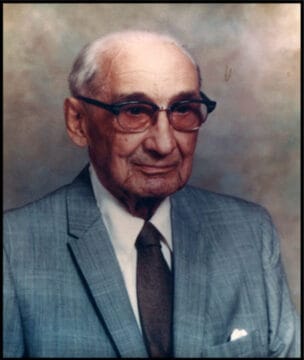 In 1912, H.V. Tennant started General Engineering Company as a consulting engineering practice in Portage, WI. Mr. Tennant was heavily involved with the engineering work on the Portage Levee and the Wisconsin River control program. At this time, work included various surveying activities in the area, water supply systems for various communities, and agricultural/ engineering projects such as tile draining ditch systems.
In 1912, H.V. Tennant started General Engineering Company as a consulting engineering practice in Portage, WI. Mr. Tennant was heavily involved with the engineering work on the Portage Levee and the Wisconsin River control program. At this time, work included various surveying activities in the area, water supply systems for various communities, and agricultural/ engineering projects such as tile draining ditch systems.
Key Projects:
Columbia County Asylum Water Supply – 1913
Portage Heights Addition & McSorley Heights Addition to the city of Portage – 1916
Portage Mapping Project – 1919
